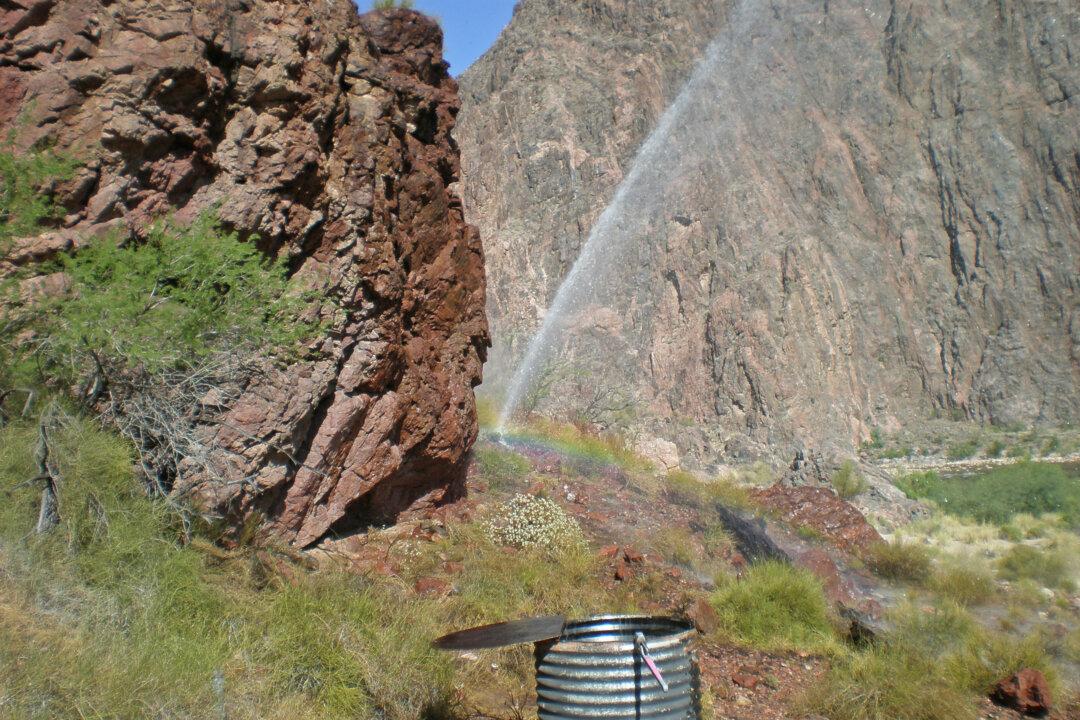NEW YORK—Superstorm Sandy, which flooded much of the New York City coastline, causing billions in damage, was a perfect storm: enormous size, a rare westward hook, and hitting at exactly high tide.
It is impossible to know if the stars will align for New York City to see another perfect storm exactly like the first, but the Bloomberg administration nonetheless believes a destructive weather pattern will continue due to climate change, and also that things are likely to get worse.
At City Hall Monday, June 10, Seth Pinsky, director of the Special Initiative for Rebuilding and Resiliency, described what would have happened if the storm had hit nine hours earlier. The northern part of Queens, especially LaGuardia Airport and Willets Point, as well as Hunts Point in the Bronx, would have taken on 6 to 12 feet of water.
Hunts Point houses the largest food distribution center in the world, and La Guardia Airport saw just over 25 million passengers in 2011, the last year data was available.
“If it had hit nine hours earlier, we would have been dealing with a much more significant disruption to the food supply that serves 60 percent of the restaurants in New York City,” said Deputy Mayor Cas Holloway.
The storm didn’t hit Hunts Point, and instead the city saw severe flooding in the southern boroughs, but it was a lesson for Holloway and Pinsky. The men are tasked with devising a plan to protect the city from future storms.
“Our focus should not be on preparing for the next Sandy, preparing for a storm that will do precisely the same thing in precisely the same places, in precisely the same way,” said Holloway. “In fact, there are all kinds of different [variables] that could impact much different areas of the city.”
Article Continues after the discussion. Vote and comment
[tok id=6e4fa3886965ae33c0fa7f8b076b3625 partner=1966]
Related discussion:Is global warming natural or man-made?
As the world around us changes, the city plans to be more prepared. City data estimates the 100-year flood plain will encompass 801,000 residents by 2050. During Superstorm Sandy, which used FEMA maps from 1983, only 218,000 residents were in the 100-year flood plain—and much of the flooding in Brooklyn far exceeded that mark.
Heavy Rains
With little green space to absorb heavy rains, spring downpours already present problems for the city. As effects from climate change take place, the Bloomberg administration said it will have to prepare for more consistent heavy rains.
Dr. Radley Horton, climate scientist at Columbia Earth Institute, said the Northeast has seen a 75 percent increase in heavy rainfall events since 1958.
“That positive trend is consistent with what we expect as the planet warms,” Horton said. “A warmer planet can hold more moisture. That moisture tends to fall out in very heavy events.”
Even if the heavy rain falls out of the city, as it did with hurricanes Irene and Lee, it could present problems for New York City’s drinking water. Heavy rain causes sediment to fall into the reservoirs, an event called turbidity.
“Once your water is cloudy, you can’t use that part of the supply until the sediment settles and the water is clear,” Holloway said. “We had portions of the water supply that were offline for months [following Irene].”
Holloway said the more often extreme weather events occur, the more challenging it will be for the city to deal with.
New York City prides itself on not treating its water, something that may change with the effects of climate change.
Heat Wave
Much of the focus in the climate change debate has been on the rising seas, but rising temperatures are expected to present another problem for the city.
Heat waves, characterized by three or more days of 90-degree-plus weather, are not uncommon in the city, but the frequency is expected to intensify. City data shows a recent average of 18 days of 90-degree-plus weather, but by 2050, that total is expected to jump to 57, the current level for Birmingham, Ala.
Horton says while the jumps may not look like much, tiny changes add up.
“A small shift in average conditions, whether it is sea level or temperature, can have a profound impact on the frequency of extreme events,” Horton said. “So a small amount of sea level rise is enough to mean a much greater frequency of coastal flooding events because you are elevating the baseline, even if storms don’t get any stronger.”
Mayor Bloomberg will present his suggestions for how the city will address climate change issues Tuesday.





